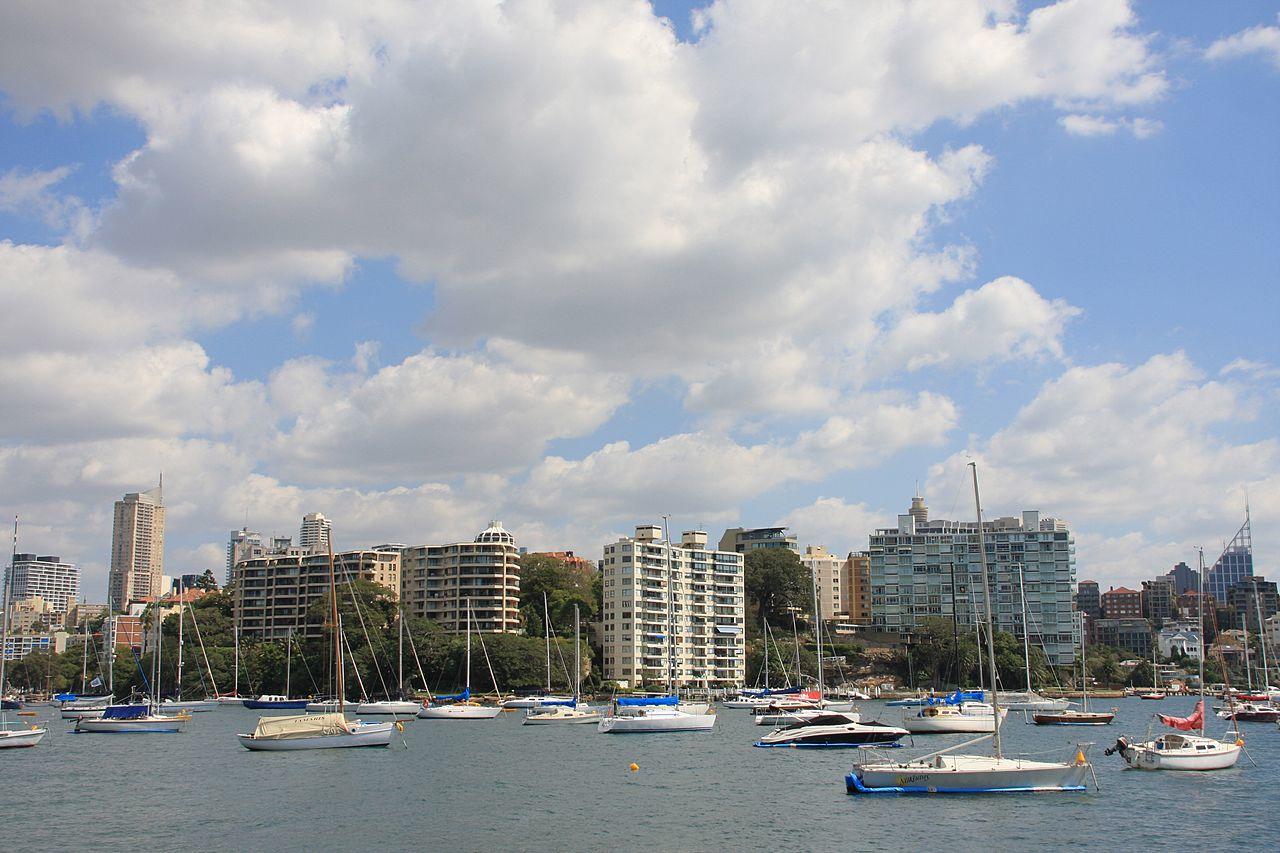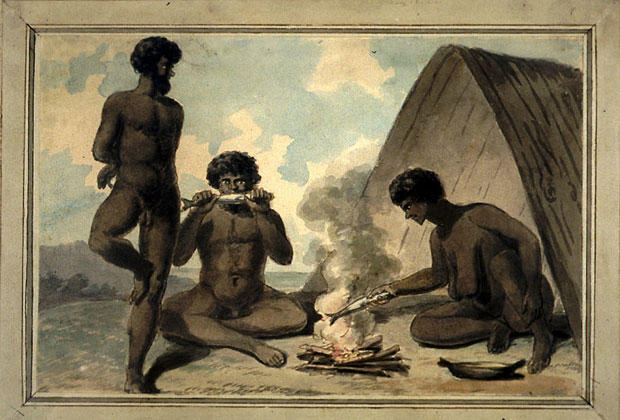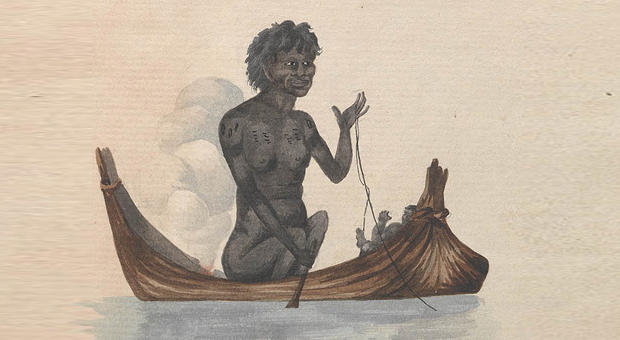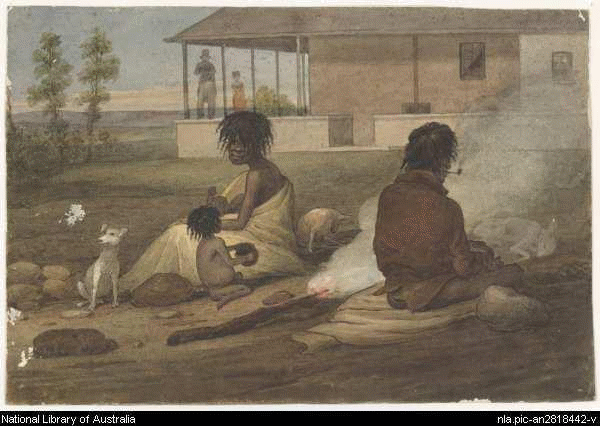Present
Elizabeth Bay is found in the state of New South Wales in eastern Sydney. The Bay is situated three kilometers east of Sydney central business. It is a harbor-side suburb that derived its name from the bay found in Sydney harbor. In the north, it is bounded by the Potts Point suburb. On the east side of the Bay is the shoreline of Port Jackson and the Elizabeth Bay Road while on the west side is Greenknowe Avenues and Macleay Street.
Elizabeth Bay is both a residential, commercial and heritage center. As a residential place, the Bay had a population of 5093 people in 2011 (Australian Bureau of Statistics 2012). About being heritage listed, the Bay is home to historical sites such as the Elizabeth Bay House, Ashton, Tresco, and Boomerang. These historical houses characterize the different uses of the Bay. For example, the Elizabeth Bay House is currently used as a museum that is open to the public (Hinkson & Harris 2010).
The house serves as a depiction of Australian colonial architecture. The unique features that have contributed to the uniqueness of the house are the central elliptical salon that has a domed lantern and geometric staircase. On the other hand, Boomerang is a private residence which is also heritage listed. Furthermore, the house has been used as a backdrop for filming. An example of a movie filmed in the house is the Hollywood movie Mission Impossible II. Figure 1 is an image of Boomerang. The Ashton and Tresco houses are also listed as heritage points.

Elizabeth Bay has socio-economic and environmental relevance to the people who reside in space. Due to the many buildings that are listed as a national heritage for Australia, it has become an important historic attraction. Besides, the original patterns of the 19th century of marine villas have been maintained. The heritage sites co-exist with modern developments, restaurants, and parks that are of great economic significance to the residents.
For example, there are places for boating and picnics. Figure 2 shows a boating place in Elizabeth Bay. The suburbs are integrated with modern development to provide a good environment that is characterized by scenic attractions and residential flats. Thus, the economic and environmental features have great implications that create a sense of attachment to the people living in Elizabeth Bay.

People who live in Elizabeth Bay feel comfortable due to the integration of modern developments and the historic buildings that depict the past 150 years of development. There are educational, religious, and health institutions and an elaborate transport network for trains and cars.
The types of people who may not feel comfortable in Elizabeth Bay are the Muslims. According to the 2011 census, the major religious affiliation based on responses included Catholics who accounted for 19.5%, Anglicans were13.8%, people affiliated to Buddhism were 3.0%, Judaism was 2.2 % while 33.9% of the residents responded as having no religion (Australian Bureau of Statistics 2012). The implication is that there may be no worship centers for Muslims. As a result, Muslims in the region may not be comfortable due to the religious composition.
Pre-colonization
During the pre-colonization period, the people who lived in the Bay were called the Eora. The Eora were the coastal Aborigines. Currently, the Aborigines are still found around Sydney. The Eora people were organized into family groups, which had strong kinship ties (Wilsteed 2006). There is no clear documentation of the country of origin of the Eora people. According to Attenbrow (2010), the people are documented as belonging to the Eora Country, which is believed to be the area around Elizabeth Bay.
The Eora people had a deep connection to the land. In the pre-colonial period, the Eora people did not wear any clothing. They went naked. However, they occasionally wore possum skins or bark as their coats to protect them from rains (Attenbrow 2010). Figure 3 depicts a stylized painting of Eora people cooking and eating around a campfire.

The Bay was critical for the survival of the aborigines. They exploited the resources from the waters and the land for their socio-economic activities. The Eora people were hunters, fishers, and gatherers. Thus, the waters were the sources of oysters and fish. On the other hand, the land was rich in berries, kangaroos, yams, and honey (Wilsteed 2006). These resources made Elizabeth Bay important to the Eora people. Figure 4 is a painting that depicts an Eora woman in canoe fishing.

Colonization
When the British took possession of the Elizabeth Bay, the land was subdivided and allotted to different settlers. This helped the settlers to put up stylish houses such as flats in the suburbs that made them feel at home. The houses were constructed facing the Government House that was across the bay. For instance, the Elizabeth Bay House was built by the British colonialists. The Elizabeth Bay House was for Alexander Macleay, a colonial secretary. Figure 5 is an example of a stylish house built during colonization. The other features were the construction of military camps that helped the British in the administration of the region.

Also, during the reign of Governor Macquarie, he built hurts for the aboriginal people and schools for their children (Hale & Koeneman 2010). The developments were aimed at fostering friendship between the Eora people and the Britons to avoid violent resistance to colonial rule.
The colonization of the Bay was marked by increased land grants to the colonialists. The allocation of lands affected the livelihoods of the Eora people. For example, the land grants resulted in settlers farms that restricted the areas the aboriginal people could fish, hunt, and gather. Figure 6 below shows an aboriginal family sitting down on an English settler’s farm.

The invasion of the Bay by the English settlers meant that their socio-economic activities were adversely affected. The attachment the people had attached to the bay was due to fishing, gathering, and hunting that had cultural and socio-economic significance. Thus, the activities of the colonialists led to the indigenous inhabitants losing their attachment to the bay. The result was that some clans of the Eora people such as the Cadigal and Wangal were decimated.
References
Adam, J 2011, Elizabeth Bay from Darling Point New South Wales Australia, Heritage Council of New South Wales, Sydney.
Attenbrow, V 2010, Sydney’s Aboriginal Past: Investigating the Archaeological and Historical Records, University of NSW Press, Sydney.
Australian Bureau of Statistics 2012, Elizabeth Bay: 2011 Census Quickstats, ABS, Canberra.
Hale, P & Koeneman, T 2010, Rethinking Governor Macquarie’s Aboriginal policy, Heritage Council of New South Wales, Sydney.
Hinkson, M & Harris, A 2010, Aboriginal Sydney: a guide to important places of the past and present, Aboriginal Studies Press, Canberra.
Wilsteed, T 2006, Eora: Mapping Aboriginal Sydney 1770-1850, Finsbury Green printing, Sydney.